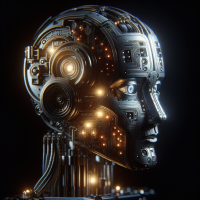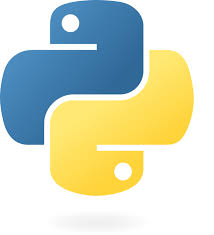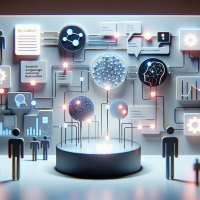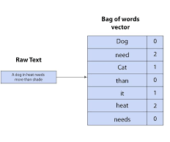From Generative AI to Agentic AI
Understanding the Coming Shift: From Generative AI to Agentic AI Large Language Models (LLMs), such as GPT, excel at generating text, answering questions, and supporting various tasks. However, they operate reactively, responding only to the input they receive based on learned patterns. LLMs cannot make decisions independently, adapt to new situations, or plan ahead. Agentic AI addresses these limitations. Unlike Generative AI, Agentic AI can set goals for itself, take initiative by itself, and learn from its experiences. It is proactive, capable of adjusting its actions over time, and can manage complex, evolving tasks that demand continuous problem-solving and decision-making. This transition from reactive to proactive AI unlocks exciting new possibilities across industries. In this insight, we will explore the differences between Agentic AI and Generative AI, examining their distinct impacts on technology and industries. Let’s begin by understanding what sets them apart. What is Agentic AI? Agentic AI refers to systems capable of autonomous decision-making and action to achieve specific goals. These systems go beyond generating content—they interact with their environments, respond to changes, and complete tasks with minimal human guidance. For example: What is Generative AI? Generative AI focuses on creating content—text, images, music, or video—by learning from large datasets to identify patterns, styles, or structures. For instance: Generative AI acts like a creative assistant, producing content based on what it has learned, but it remains reactive and task-specific. Key Differences in Workflows Agentic AI employs an iterative, cyclical workflow that includes stages like “Thinking/Research” and “Revision.” This adaptive process involves self-assessment, testing, and refinement, enabling the system to learn from each phase and tackle complex, evolving tasks effectively. Generative AI, in contrast, follows a linear, single-step workflow, moving directly from input to output without iterative improvements. While efficient for straightforward tasks, it lacks the ability to revisit or refine its results, limiting its effectiveness for dynamic or nuanced challenges. Characteristics of Agentic AI vs. Generative AI Feature Agentic AI Generative AI Autonomy Acts independently, making decisions and executing tasks. Requires human input to generate responses. Behavior Goal-directed, proactively working toward specific objectives. Task-oriented, reacting to immediate prompts. Adaptation and Learning Learns from experiences, adjusting actions dynamically. Operates based on pre-trained patterns, without learning. Decision-Making Handles complex decisions, weighing multiple outcomes. Makes basic decisions, selecting outputs based on patterns. Environmental Perception Understands and interacts with its surroundings. Lacks awareness of the physical environment. Case Study: Agentic Workflow in Action Andrew Ng highlighted the power of the Agentic Workflow in a coding task. Using the HumanEval benchmark, his team tested two approaches: This illustrates how iterative methods can enhance performance, even for older AI models. Conclusion As AI becomes increasingly integrated into our lives and workplaces, understanding the distinction between Generative AI and Agentic AI is essential. Generative AI has transformed tasks like content creation, offering immediate, reactive solutions. However, it remains limited to following instructions without true autonomy. Agentic AI represents a significant leap in technology. From chatbots to today. By setting goals, making decisions, and adapting in real-time, it can tackle complex, dynamic tasks without constant human oversight. Approaches like the Agentic Workflow further enhance AI’s capabilities, enabling iterative learning and continuous improvement. Like Related Posts Salesforce OEM AppExchange Expanding its reach beyond CRM, Salesforce.com has launched a new service called AppExchange OEM Edition, aimed at non-CRM service providers. Read more The Salesforce Story In Marc Benioff’s own words How did salesforce.com grow from a start up in a rented apartment into the world’s Read more Salesforce Jigsaw Salesforce.com, a prominent figure in cloud computing, has finalized a deal to acquire Jigsaw, a wiki-style business contact database, for Read more Service Cloud with AI-Driven Intelligence Salesforce Enhances Service Cloud with AI-Driven Intelligence Engine Data science and analytics are rapidly becoming standard features in enterprise applications, Read more



















